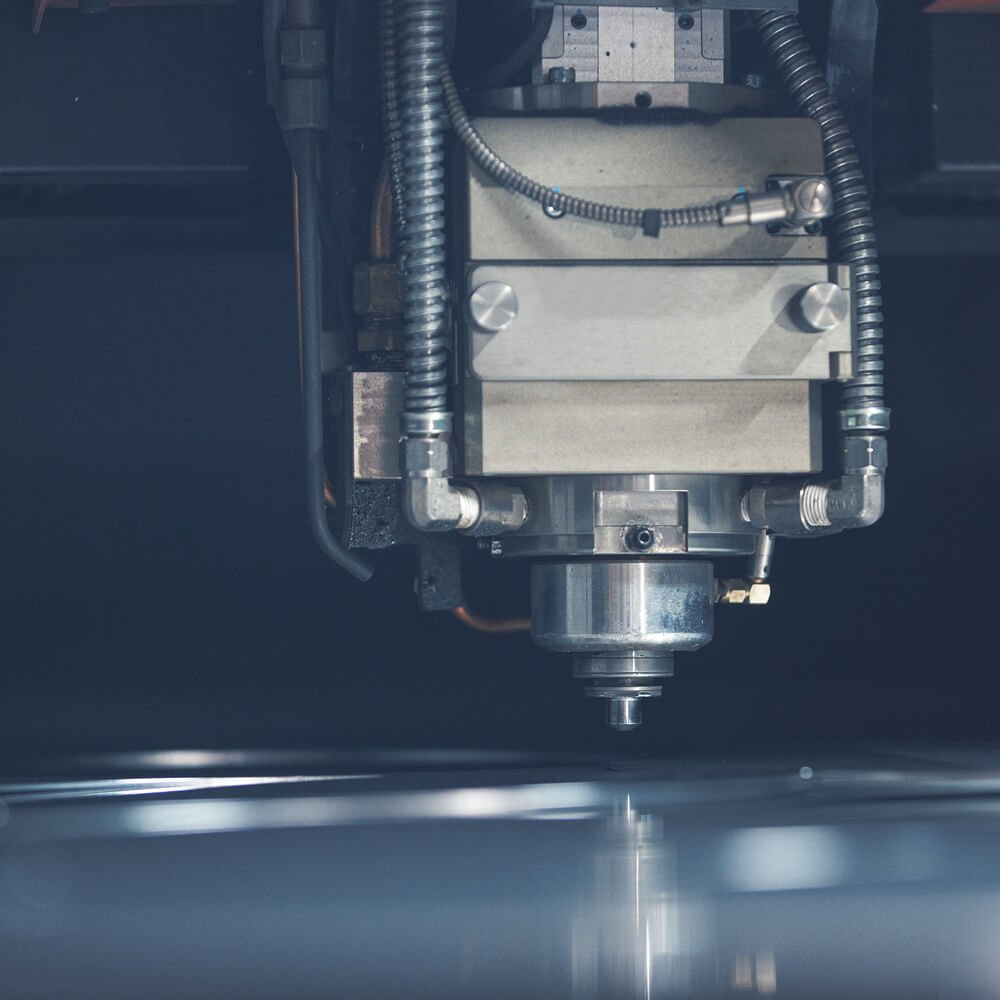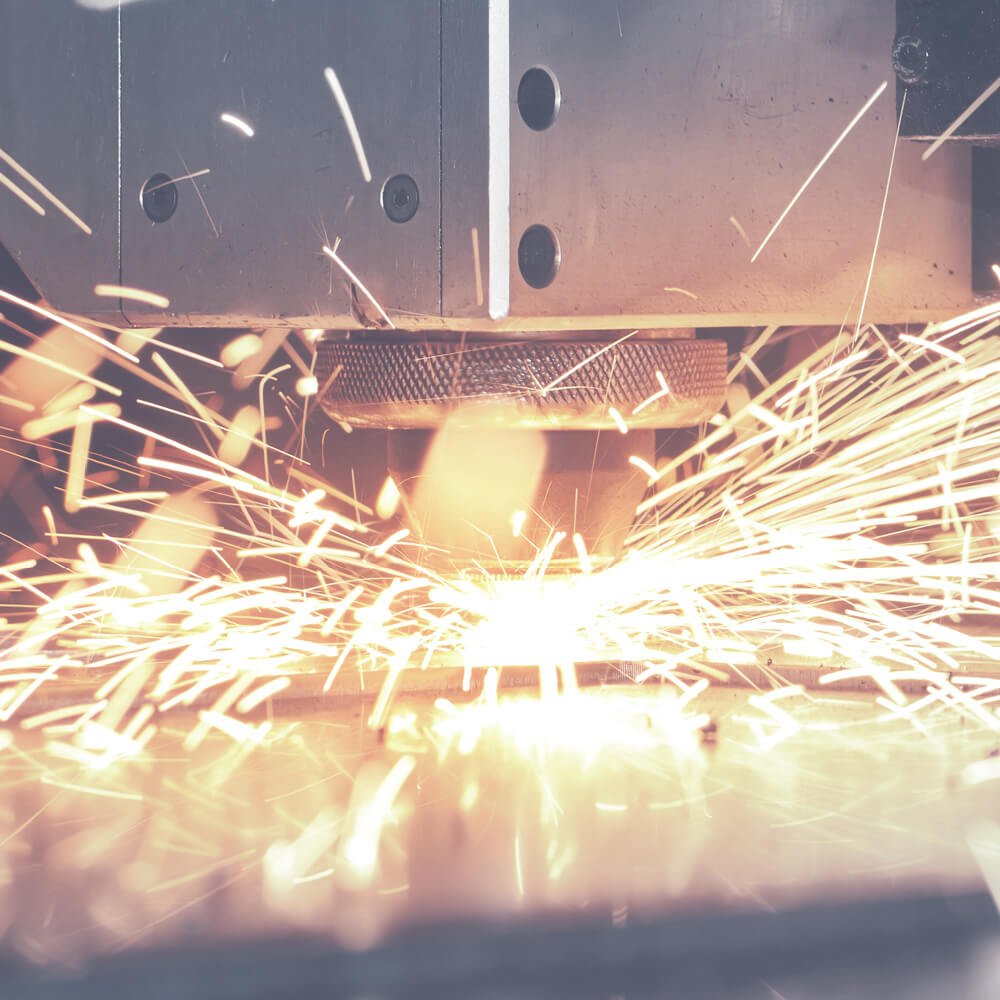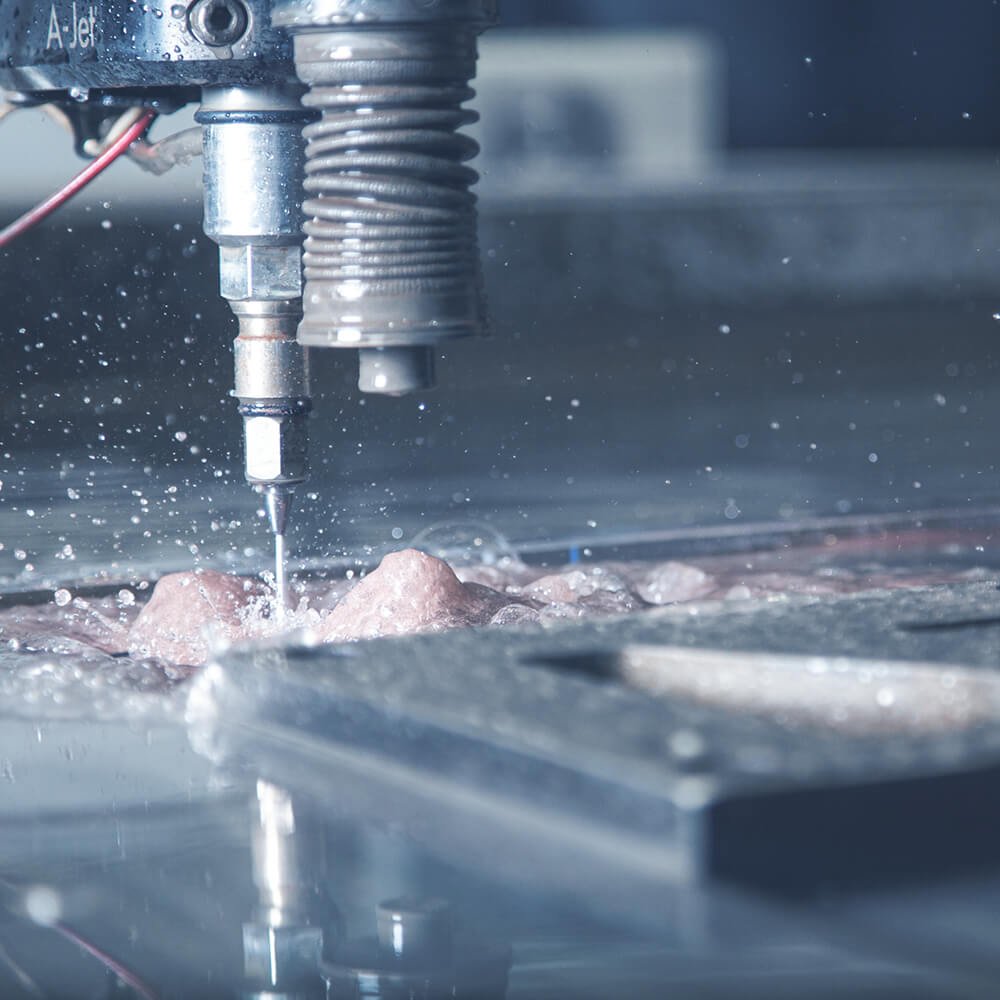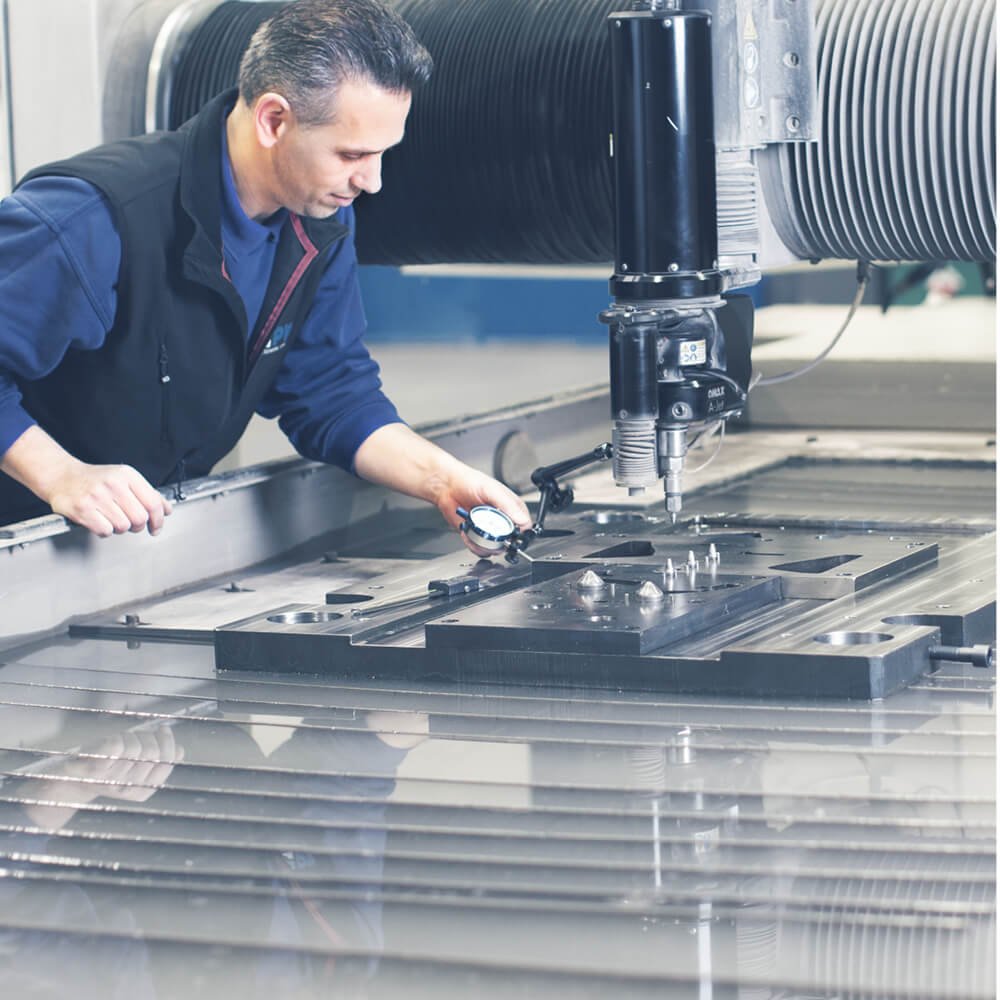Manufacturing cutting technology!
We make the cut!
The "Cutting" competence center is our newest member in the production chain. In addition to the material specification, decisive factors for the selection of the suitable cutting process are the material thickness and the required properties. We process all common sheet formats from small to large. On request, we offer you the best cutting edge quality with the highest precision. Efficiency and continuous optimization of processes are essential features of our production.




